Convection vs. Conventional Baking
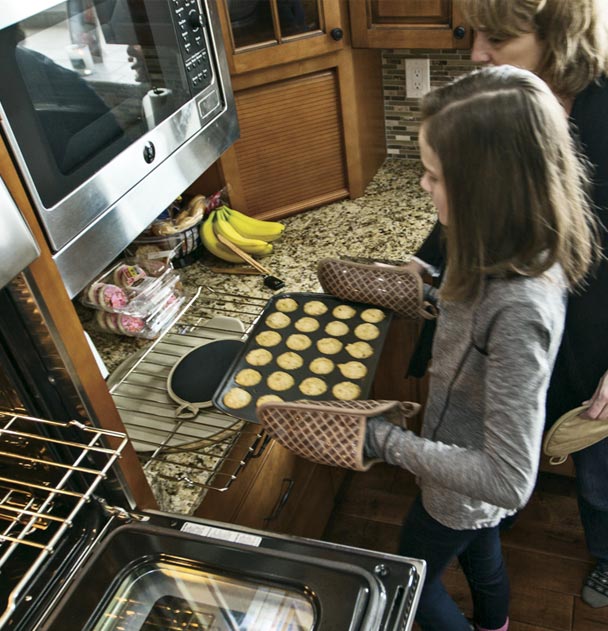
Learn more about convection heat in your oven
Convection, conventional: Does it really make a difference? Yes. The simple press of a button can help you bake and roast better. To take full advantage of one of the many amenities of your oven, use these tips to help you choose between convection and conventional oven heat.
How does the convection setting work?
Your oven has a simple button that switches on convection heat. There are different types of convection. In GE ovens, True European Convection with Direct Air combines a top and bottom bake element with a third loop in the back, which also surrounds the fan. In this convection type, airflow comes from several oven ceiling vents. But in general, convection means:
- A fan and exhaust system kick on.
- Both circulate the heat in the oven around the food.
- The heat tends to be more even and drier, and the cooking time is about 25 percent faster.
- With less cooking time and a lower temperature, you may save energy.
How does the conventional setting work?
Your oven has coils in both the bottom and top. That means:
- You can use oven rack placement to your advantage: Casserole tops come out brown and crispy when you place a dish in the upper third of the oven; the bottom third lets you create perfectly prepared pies.
- The oven will probably have hot spots and more humidity because unlike convection ovens, no fan distributes the heat.
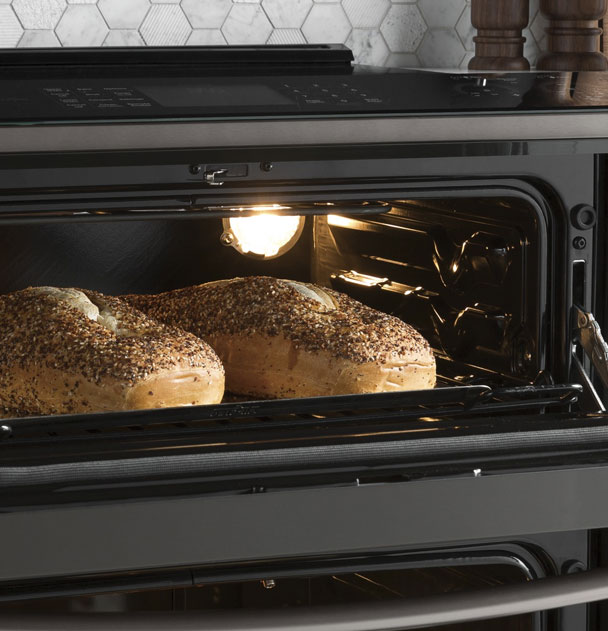
When should you use the oven's convection setting?
It's always a matter of personal preference, but in general, convection cooking is best suited for:
- Cookies and pies: Tired of rotating your pans? The airflow that accompanies the convection setting means that heat circulates evenly around cookie sheets.
- Roasting: The fast, even heat inside the convection oven ensures meat has a crispy exterior and moist interior. Convection roasting also works well for vegetables.
- Dehydrating: The quicker heat and air circulation helps to ensure more even dryness throughout your food.
- Crusty breads and pizzas: Even air flow from top to bottom supplies both browning and crisp, delicious crusts.
Reminders about convection heat
When you're using convection heat:
- Pay attention to the temperature.
- Adjust cooking time. You can probably cut about 25 percent from the time before you first check on your dish.
More Articles
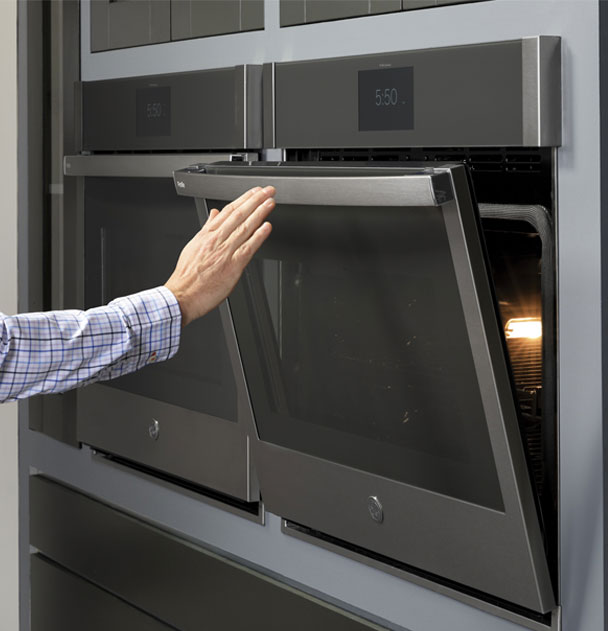
GE Wall Ovens
GE Wall Ovens
GE Appliances invented the first self clean oven and continues as the innovator in cooking. See our line of leading wall ovens.
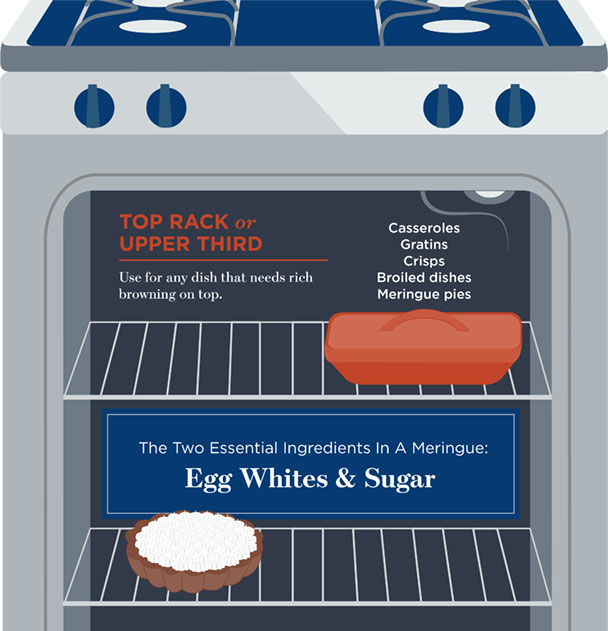
Which Oven Rack to Use
Which Oven Rack to Use
A guide to help you choose the best oven rack for whatever you have cooking.
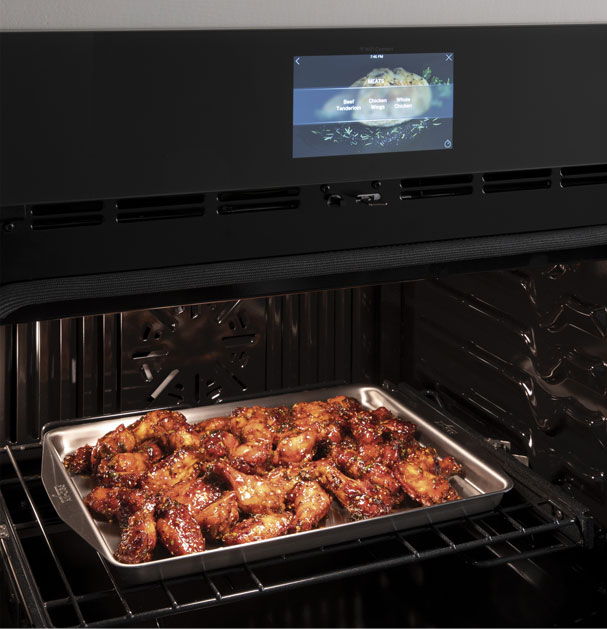
GE Wall Ovens with Air Frying
GE Wall Ovens with Air Frying
Popular and healthy air frying is available right in your oven - no extra appliance needed!
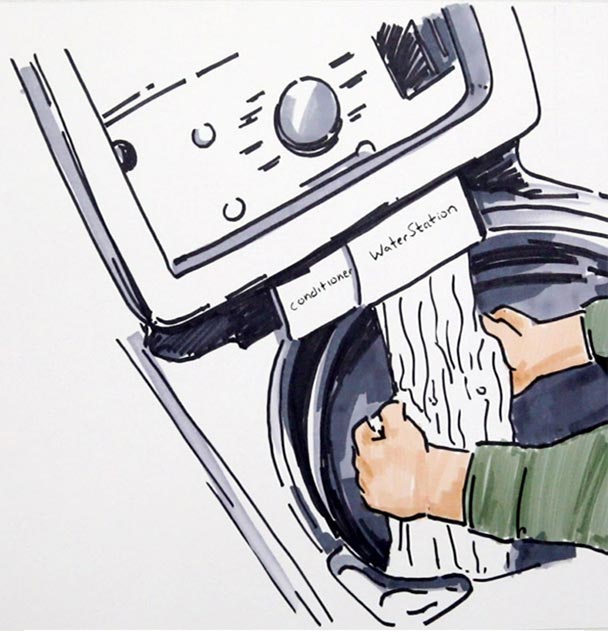
6 Reasons to Cold-Water Wash—And 3 Not To
6 Reasons to Cold-Water Wash—And 3 Not To
Washing clothes in cold water is almost always a good thing. Learn when to wash in cold water, and when to turn up the heat.